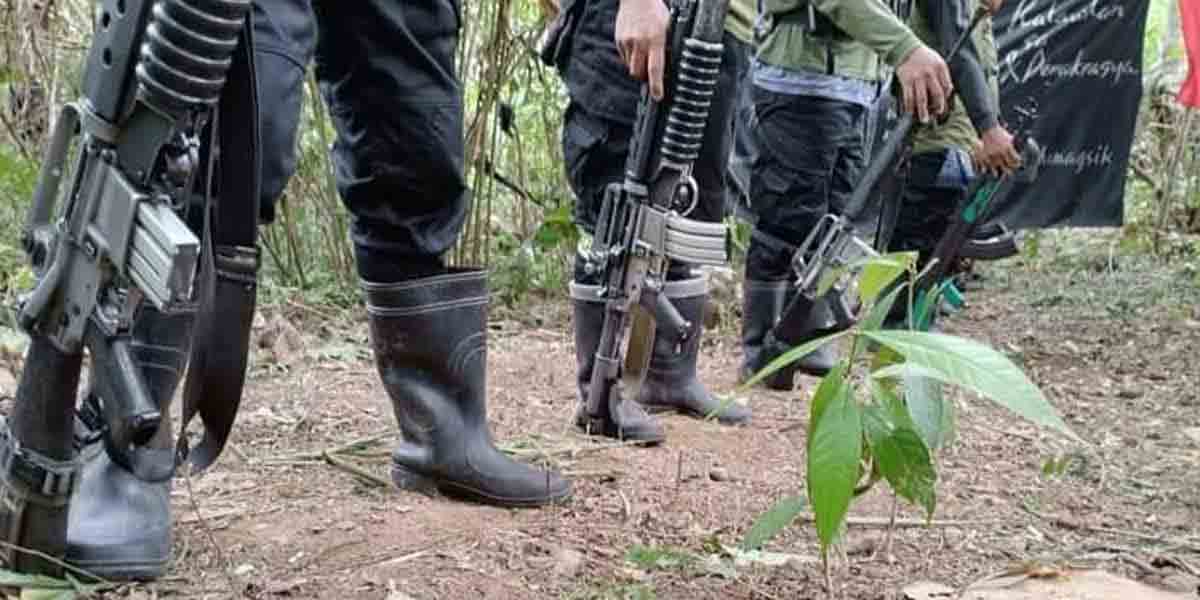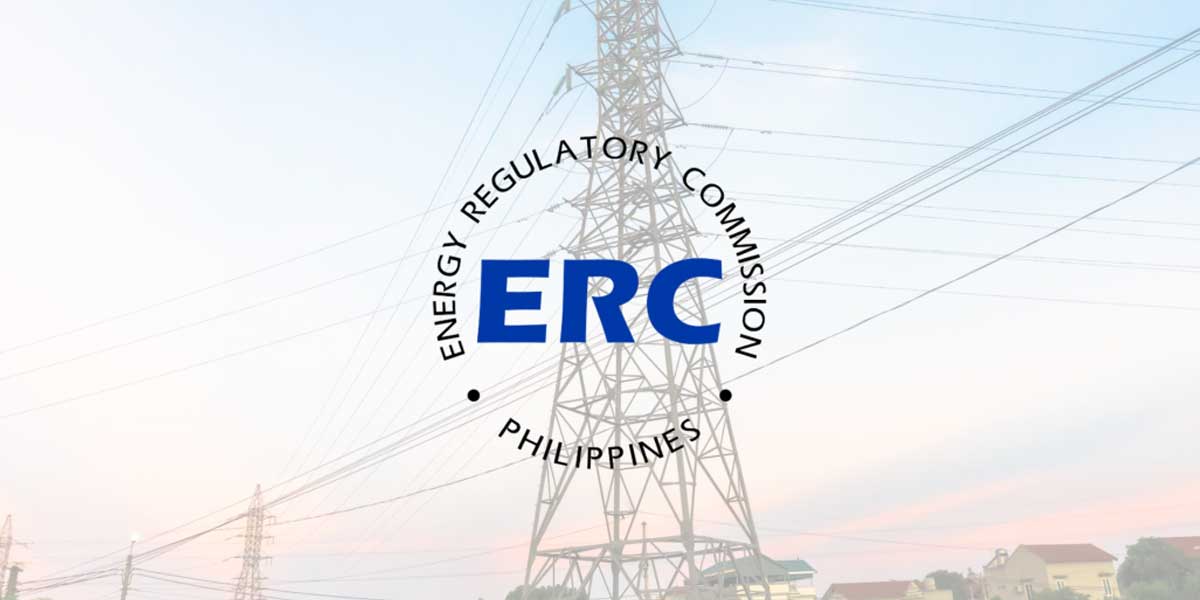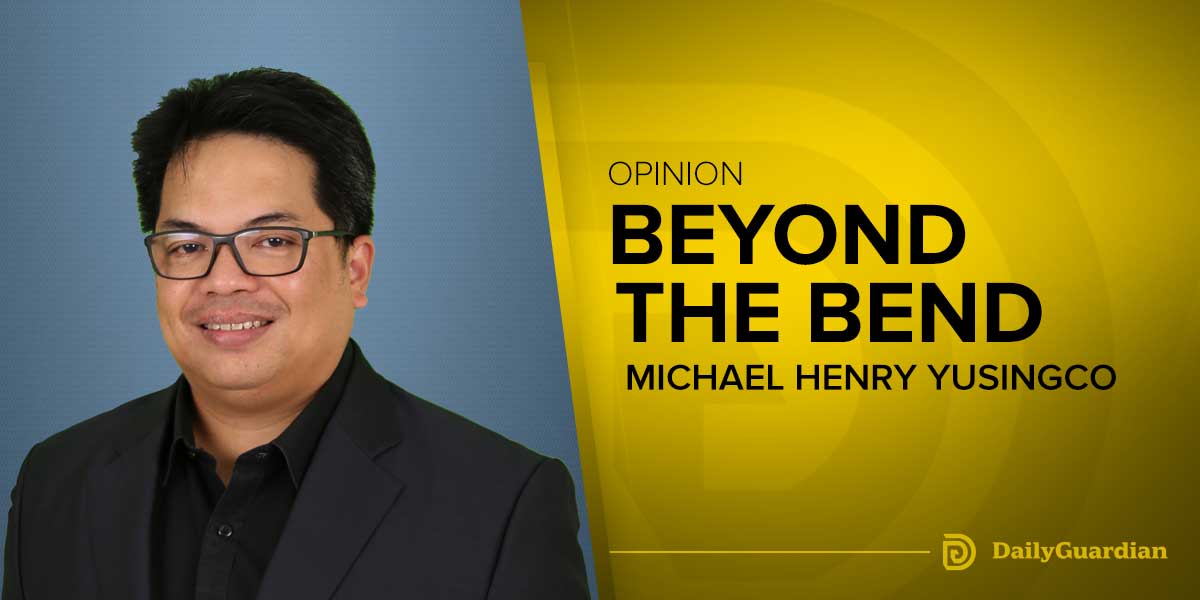By Francis Allan L. Angelo
Beyond the lapping waves and white sands of Boracay Island in Aklan, lies a discordant note in the Philippines’ agrarian reform narrative.
The indigenous Ati people, whose roots in Boracay Island run deep, have found themselves at the bitter end of a modern saga of development versus tradition. Despite their successful cultivation of the land awarded to them, their right to cultivate this land has been called into question.
The Ati tribe, recognized as the first settlers of Boracay, were granted Certificates of Land Ownership Awards (CLOAs) in 2018 as part of the government’s agrarian reform initiative. These efforts, meant to distribute land to the landless, acknowledged the Atis’ ancestral ties to the land.
Yet, these CLOAs have now been contested by private companies eyeing the land for commercial development, prompting a re-evaluation of the land’s agricultural suitability by the Department of Agrarian Reform (DAR).
The DAR-6 issued resolutions siding with the developers, based on a soil analysis by the Bureau of Soils and Water Management (BSWM) under the Department of Agriculture (DA), declaring the Atis’ land unsuitable for agricultural use.
The BSWM’s report pointed to biophysical constraints and recommended the land for eco-tourism, aligning with developers’ interests rather than agrarian reform’s original intention.
However, these technical assessments seem to miss a crucial point – the Ati community has already demonstrated the land’s productivity. Contrary to the BSWM’s findings, the Atis have been successfully farming the land, providing produce like lemongrass to local hotels.
This contradiction raises a fundamental question: Who determines land suitability, and should it be solely based on soil characteristics devoid of practical evidence?
The situation speaks volumes about the broader challenges indigenous peoples face across the globe. Often, they find themselves in a battle for their ancestral lands against the forces of modernization and commercial interests.
While economic development is crucial, it shouldn’t come at the expense of the rights of indigenous populations or the environment they’ve tended to for generations.
This tension isn’t unique to the Philippines. Around the world, indigenous communities have been displaced in the name of progress. In the Amazon, for example, vast tracts of indigenous lands are under threat from logging and mining. In North America, pipelines cross through native lands without consent. The story repeats itself, with varying degrees of resistance and success in preserving indigenous rights.
The Philippine government’s commitment to agrarian reform and indigenous rights, enshrined in laws like the Comprehensive Agrarian Reform Program (CARP), promises a fairer approach to land distribution.
But when faced with pressures from private developers, this commitment is put to the test. The case of the Ati tribe is a litmus test for the government’s resolve to uphold the rights of indigenous communities against economic pressures.
The legal battle continues as the Ati tribe’s lawyers have filed motions for reconsideration, arguing against the technical basis used to deem the land agriculturally unsuitable. Their fight is not just for land but for recognition, respect, and a place in the narrative of development that doesn’t erase their identity or their history.
What unfolds in Boracay is more than a local dispute; it reflects a global challenge in reconciling development with the rights of indigenous peoples. As the Ati tribe stands firm, they represent countless other indigenous communities striving to protect their ancestral lands. Their struggle underscores the need for a development paradigm that doesn’t just pave paradise for profit but values the guardianship of those who have tended to these lands long before developers drew their plans.




















